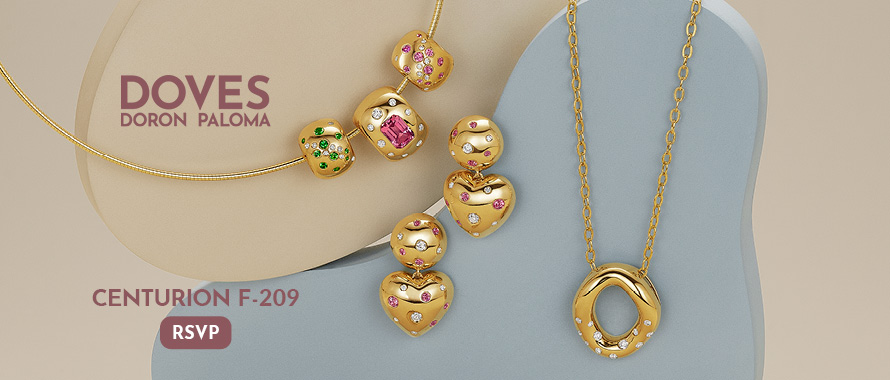Sales Strategy
Supercharge Your Sales Staff | February 03, 2016 (0 comments)

Scottsdale, AZ—The average sales closing rate in a jewelry store is between 23% and 27%, according to sales trainer Shane Decker. Speaking at a series of retailer workshops during the Centurion Scottsdale show, Decker outlined a system of steps to help sales associates boost—if not double—their closing ratio.
Decker began by clarifying some key weaknesses in salesmanship he sees in jewelry stores: handling objections, team selling, and turnover.
“There are three main kinds of objections,” he told the audience. “Price, integrity, and indecisiveness.” Price of course is self-explanatory; integrity deals not just with the individual store but with the public perception of the industry as a whole (“I heard jewelers switch diamonds,”) and indecision (“this is the first place we’ve looked”) means they haven’t made up their minds to shop with you.
“If you can’t handle an objection you can’t close the sale,” exhorted Decker. He outlined his favorite exercise for jewelers: make flash cards with the 40 toughest objections they can think of on the front, and five or six comebacks for it on the back.
Another issue he emphasized is the need to remain as knowledgeable as possible.
“90% of Millennials do research before purchasing. There’s enough information available online that they could pass the written (not grading) part of the GIA Diamonds exam, he said.
“Your sales associates should not be on the floor unless they know the answers on the [flash] cards!” he emphasized.
Team selling and being able to professionally turn over a sale are critical to boosting closing ratios, said Decker.
“High maintenance people are team killers. Stores with team selling—unselfish people working for a common goal—have a closing ratio above 50%. When you add the owner’s sales, it’s up to 65%,” he said.
Four words to use in team selling are when, who, how, and why, says Decker.
“’When’ is the moment you know you aren’t going to make the sale,” said Decker. But the “who” and “how” are equally important. Who, in which of your colleagues has the right personality and sales style to appeal to that particular customer. And how, in a way that’s professional and doesn’t look like a turnover. Either an agreed-upon visual signal or a verbal one such as, “Ashley, could I get your professional opinion on this for a moment?” When the other associate comes over and chimes in, ask both colleague and customer if you can get them each a beverage, then go and fetch it.
“It has to be smooth,” emphasized Decker.
Closing skills in jewelry stores are especially weak, Decker said. He wrapped his presentation with eight types of closing: direct, compliment, whisper, indirect (also called the trial close), reassurance, question, assumption, and clerk. He also suggested that salespeople write 10 closes a night and role-play in the store.
“It’s better to practice on each other than on your customers,” he finished.






